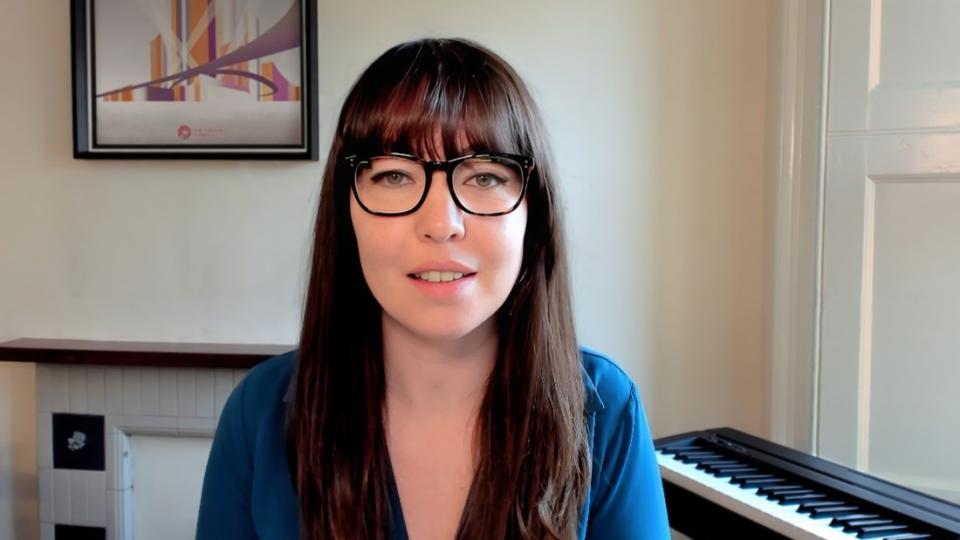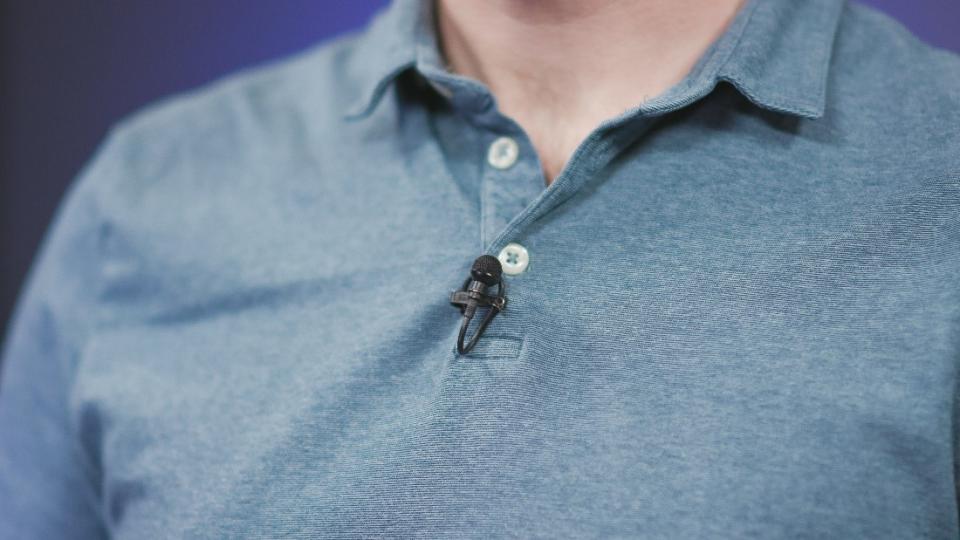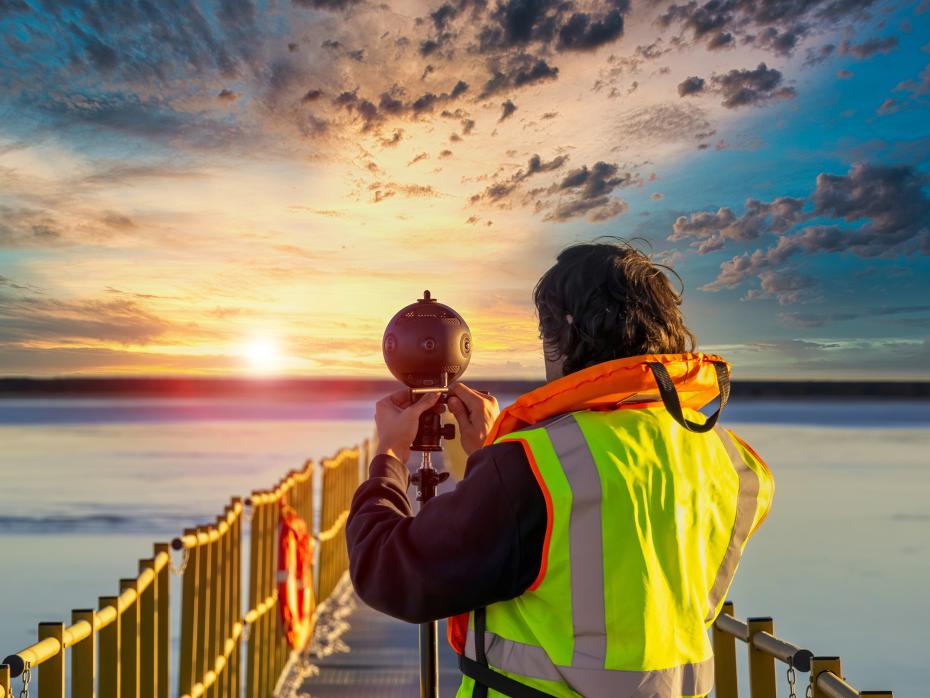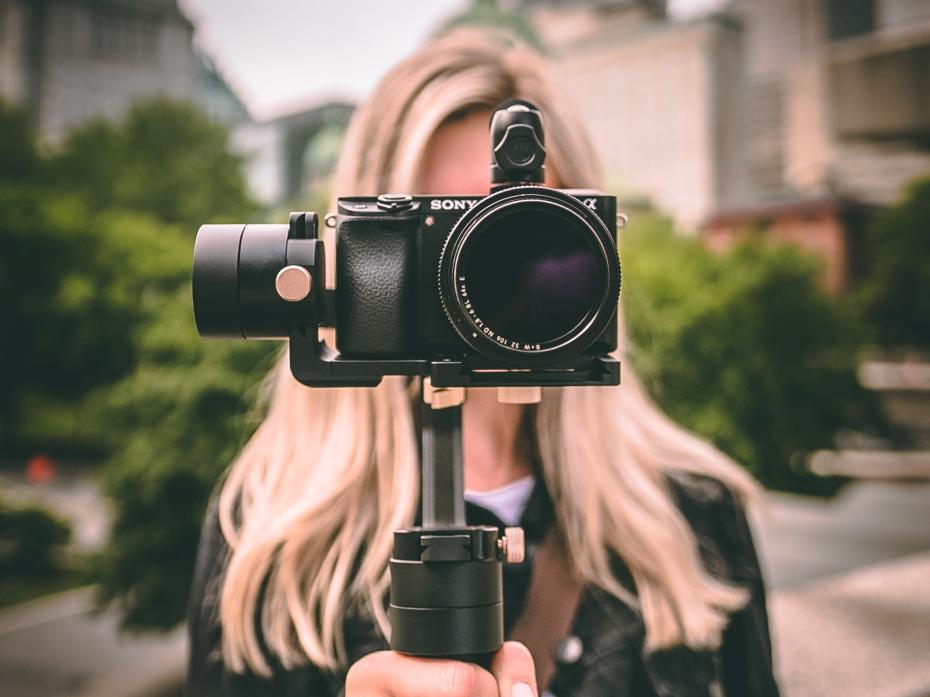
Tips on making professional-looking, engaging videos for online courses
Ten years ago, when the first Massive Open Online Courses (Moocs) were launched at the University of Edinburgh, we tended to produce video-heavy courses, rather than incorporating other modes of learning. Bearing in mind that producing videos can take more time, effort and people power than other formats, this made Mooc production very expensive. It also meant students were mostly watching videos and not devoting enough time to other forms of learning.
Over the years our approach to online course production has evolved to encompass more diverse learning and teaching tools, giving students a broader and more engaging learning experience. Our media production has become much more focused, and we now use video only where it is deemed the most effective medium and will have the greatest impact. We are fortunate at the University of Edinburgh to have a professional media team, studio facilities and equipment, but it is possible to create high-quality educational videos with minimal investment.
During lockdown, we were forced to start producing videos for Moocs remotely. This was quite successful, and we continue to use these techniques whenever a contributor can’t come to the studio. The same principles can be used by anyone who doesn’t have access to a media production team. Here are our tips on producing educational videos on a budget.
Kit
There are only a few pieces of equipment required to record a video – a camera, a microphone and a source of light. For remote or self-shooting, the chances are you’ll be using your webcam or smartphone. If you want the highest quality, your smartphone will almost certainly be better than your webcam, but it won’t be as easy to set up and use. You will have a microphone built into your smartphone or webcam, but it’s worth investing in an external microphone as we’ll explain later. The light source can be natural light from a window or ambient room lights, but I would recommend investing in a ring light. These can be purchased very cheaply, starting at about £15. Even in a well-lit room, a ring light will help to balance the light on your face, reducing shadows and highlighting your eyes. Most also have the option to attach a phone in the centre so you don’t need to buy a tripod and phone holder separately.
Location
Find somewhere quiet, ideally with soft furnishings because hard surfaces reflect sound and produce echo. Avoid having strong sources of light behind you, such as windows. Ideally, you want any windows in front of you, but to the side can also work. Ensure your background isn’t messy or cluttered as this can be distracting to viewers and looks unpleasant. Try to put some distance between you and the background as this helps to isolate you from your surroundings, making it more engaging for your students.
- Resource collection: Making online learning fun
- Get serious about humour in your online classroom
- Sparking online joy: five ways to keep students engaged
Framing and lighting
Position your camera at eye height and at a distance where your head and shoulders are visible with a small gap between the top of your head and the top of the frame. Do not be tempted to use a digital zoom as it reduces the quality. Instead, move the camera or yourself closer to achieve the optimal shot. Place the ring light in front of you with the camera in the centre. If using a different light source, place it as close to the camera as possible. Wear a top that contrasts with your background – for example, if the walls are white, don’t wear a white top. You want to be looking directly at the camera lens.

I normally use a teleprompter mounted in front of the camera, but this isn’t possible with remote/self-shooting. The best results will come from learning the script, and you can do this in more than one take. Rehearse a few lines at a time and record them when you’re ready. You can edit it later using your own or openly licensed footage, graphics or images to hide the edit points.
Audio
I can’t stress enough the importance of good audio. Trying to watch a video with bad sound is hard work and most people will switch off. Use an external microphone. It doesn’t need to break the bank but avoid the very cheapest ones as they will give little improvement over built-in mics on smartphones or laptops. If you can, spend about £50 on either a USB desktop mic or a wired lapel mic. It should be positioned in front of you, close to your mouth, but out of shot unless it’s a lapel mic. These can be in shot, but make sure it’s attached neatly and the wire is hidden by your clothes.

If a microphone is out of the question, it’s essential to record in a very quiet space and position the built-in microphone in your device as close as possible to your mouth. You could even try earphones with a built-in microphone or a headset, but they don’t look very nice on camera and, depending on the model, might not improve the audio. Do some test recordings to see what works best for you.
Other points to consider
Using videos in online learning adds a human element, so use them to engage with your students by creating short (under five-minute) videos to highlight key points, tell stories, demonstrate or showcase important learning outcomes. Use clear, informal language. Think about students whose first language isn’t English. Rehearse your script aloud and adjust it to make it more comfortable to present.
These guidelines should help those working with small budgets improve the quality of your videos and increase student engagement in your online courses. Our team has also created a short Mooc: How to Create Video for Online Courses.
Geoff Fortescue is the media studio manager at the University of Edinburgh.
If you would like advice and insight from academics and university staff delivered direct to your inbox each week, sign up for the Campus newsletter.




